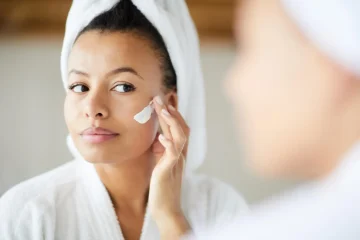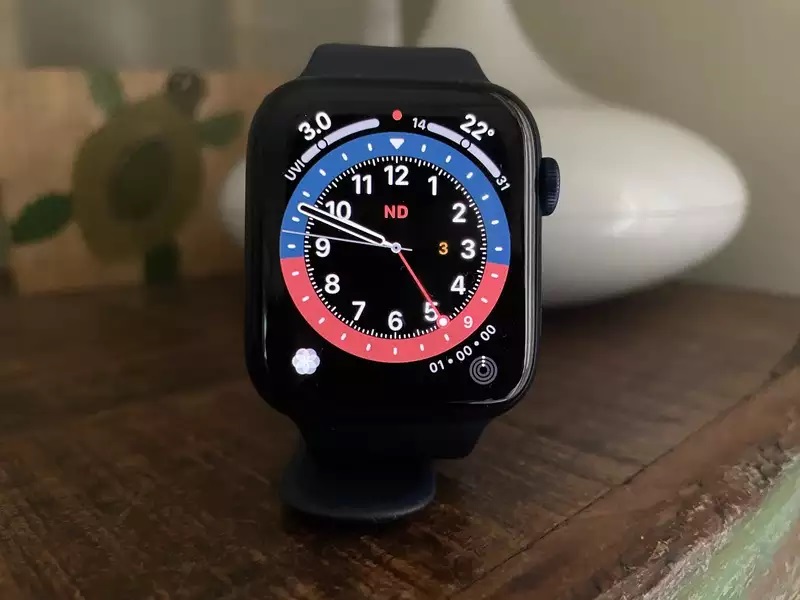What’s the Process of Selling a Loose Diamond?

Selling a loose diamond is different from selling diamond jewelry. Since there’s no setting or brand name attached, the transaction is focused purely on the stone’s qualities—its cut, clarity, color, and carat weight. Whether you inherited the diamond, received it from a past engagement, or invested in it for resale, navigating the sales process with clarity and confidence is essential.
Trusted professionals, such as G Luxe diamonds buyers, offer expertise in assessing and purchasing loose stones and can guide sellers through a smooth, transparent experience. Here’s a breakdown of what you should expect when selling a loose diamond—and how to prepare.
1. Understand Your Diamond’s Characteristics
Before initiating any sale, take time to understand the basic attributes of your diamond. These include:
- Carat weight – How much your diamond weighs
- Cut – How well the diamond reflects light
- Color – Rated from D (colorless) to Z (light yellow or brown)
- Clarity – The number and visibility of inclusions or blemishes
If you’re unsure of these qualities, a grading certificate (like from GIA or IGI) is the most accurate source of information.
2. Gather Essential Documentation
Documentation builds buyer trust and supports a higher offer. You’ll want to have:
- Grading certificate from a reputable gemological lab (e.g., GIA, AGS)
- Original purchase receipt or proof of ownership
- Appraisal reports (if available)
If your diamond lacks documentation, you can still sell it, but the buyer will need to conduct a more thorough evaluation before making an offer.
3. Clean and Inspect the Stone
While it’s not necessary to have your diamond professionally cleaned, presenting a stone that’s free of dust, oil, or debris helps show its brilliance during evaluation.
Use a soft toothbrush with warm water and mild dish soap to gently clean the diamond. Avoid harsh chemicals or ultrasonic cleaners unless you’re certain the stone has no inclusions or fractures that could worsen under pressure.
4. Choose a Reputable Buyer
It’s important to sell your loose diamond to someone who understands both its market value and its gemological features. A reputable buyer will:
- Offer a private, secure evaluation
- Explain the factors influencing your stone’s price
- Provide a no-obligation quote
- Allow you to compare or negotiate offers
Experienced buyers like G Luxe typically work with both retail clients and professional networks, which means they have a broader market and can often offer more competitive prices.
5. In-Person Evaluation or Mail-In Option
Depending on your location, you’ll either visit the buyer’s office or mail in your diamond for review. During the evaluation:
- The buyer will examine your diamond under magnification
- Check its weight, cut, and condition
- Compare it against market trends and inventory needs
- Cross-reference your certificate (if applicable)
Reputable buyers document the process carefully and offer insured shipping for mail-in evaluations.
6. Accepting the Offer and Finalizing the Sale
Once an offer is presented:
- Review it against your own research or other offers
- Ask for clarification on anything unclear
- If satisfied, you’ll provide ID and sign a seller’s agreement
- Choose a payment method—check, wire transfer, or in some cases, store credit
Most transactions are completed within 24 to 48 hours of acceptance.
Conclusion
Selling a loose diamond doesn’t have to be overwhelming. By understanding your stone, gathering documentation, and working with trusted buyers like G Luxe diamonds buyers, you can secure a fair price with minimal hassle. The key is preparation and choosing a buyer who values transparency, experience, and market expertise.











